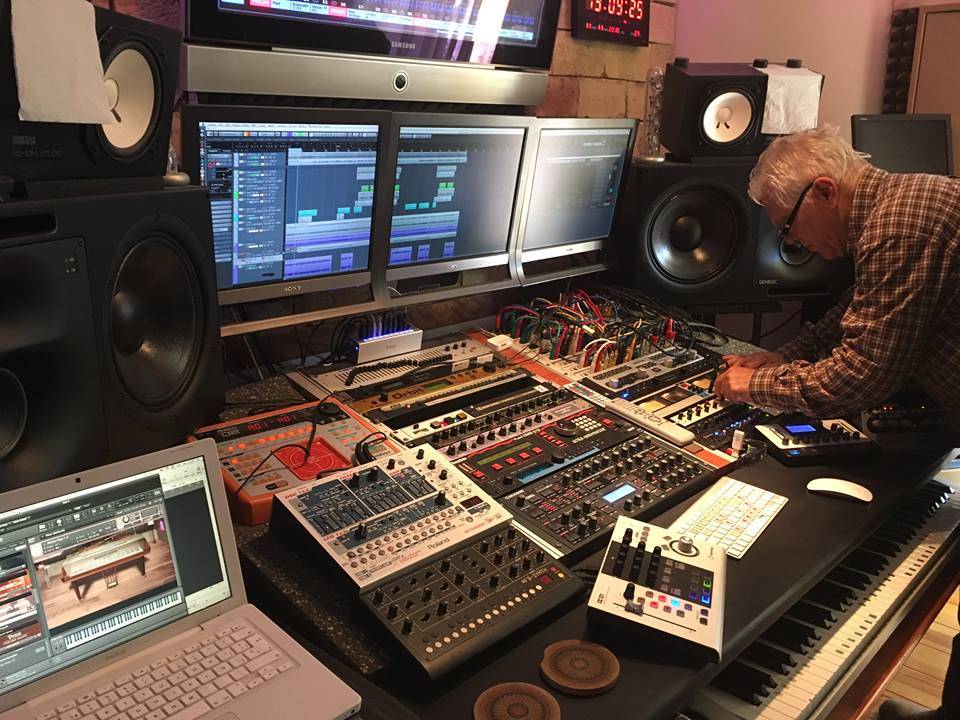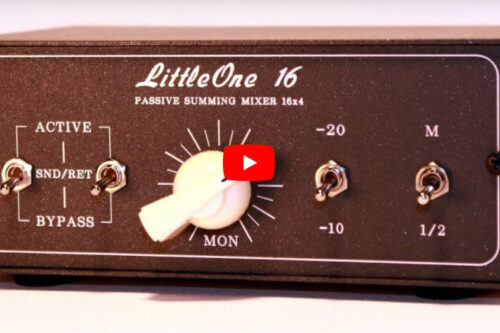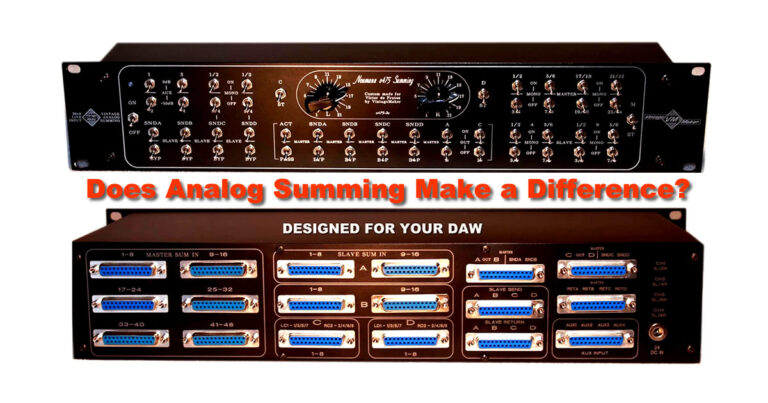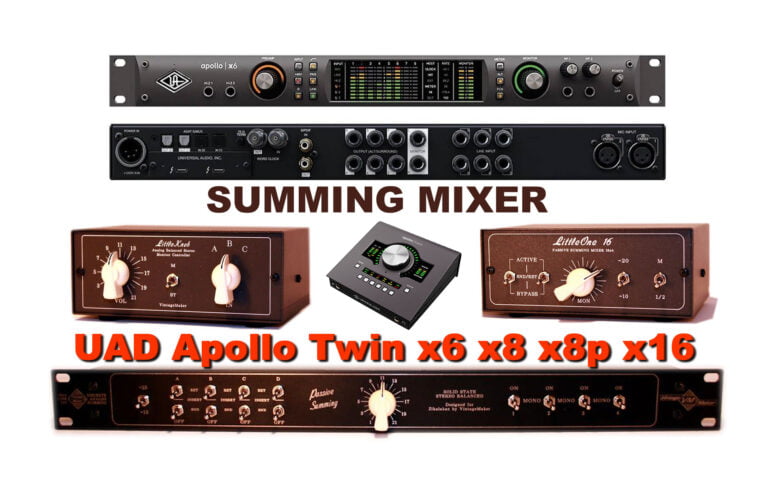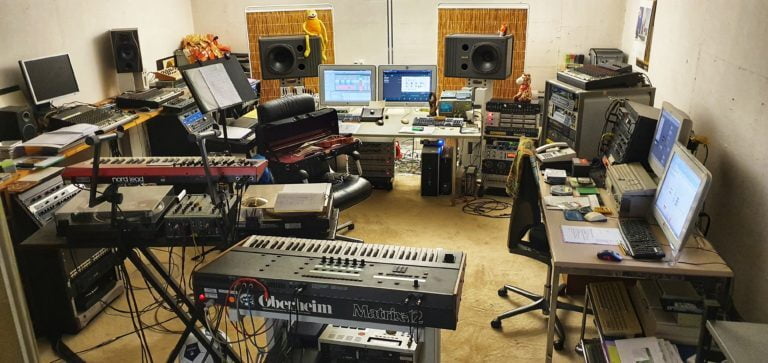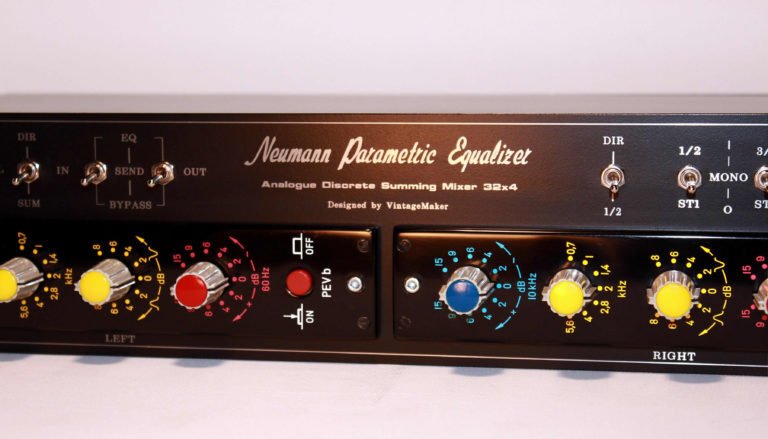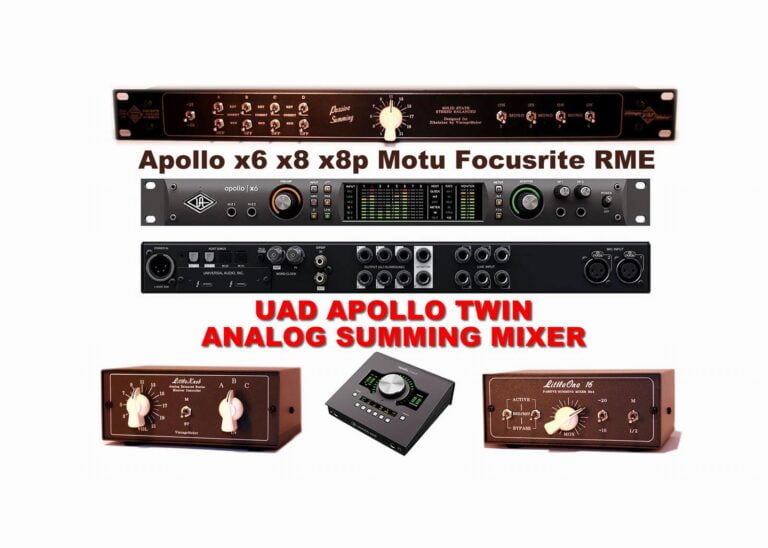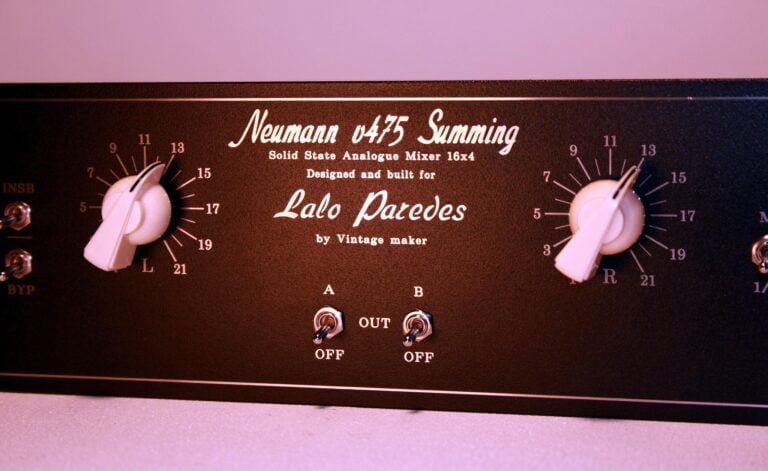How to connect a Summing Mixer ? Setting up a summing box for OTB mix.
How to connect a Summing Mixer to the computer ? Setting up a summing box for OTB mix
Can’t find your gear? Drop me a mail and feel free to ask to build yours!
Why Go Analog Instead of Mixing Inside the Box?
1. Keep Your Mix Clean and Powerful
Digital mixes can lose impact when exported. Analog summing helps maintain clarity and energy.
2. Get Better Separation Between Instruments
Analog gear helps place sounds in space — giving you a wider, more 3D-sounding mix.
3. Add Natural Warmth and Smoothness
Feeding your audio into analog circuits adds gentle harmonics and a pleasing tone that’s hard to fake.
4. Give Your Sound a Final Touch of Character
Use your preamps and analog chain to shape your mix with subtle color and depth — just like in pro studios.
Analog Summing: Key Benefits
1. Your Mix Stays Solid
Unlike digital bounces that can sound flat or lifeless, analog summing keeps your mix clear and punchy — no collapse.
2. Better Instrument Separation
Each sound sits in its own space, resulting in a wide, deep, and more three-dimensional mix.
3. Warm, Musical Harmonics
By pushing your DAW outputs into the analog summing inputs, you’ll get subtle, pleasing saturation — adding warmth and analog character.
Does analog summing make a difference? Here is the answer: read more…
Simple Signal flow = DAW INTERFACE OUT —> SUMMING MIXER —> DAW REC
- DAW stems
- DA converter (outputs)
- Summing mixer (inputs)
- Stereo mix from the summing mixer (outputs)
- AD converter (inputs)
- DAW (rec)

DAW Output = Summing Input
Basic Stereo Routing Setup Example for Analog Summing
*This is how you connect your DAW outputs to the summing mixer inputs — stereo channel by stereo channel:
- DAW Out 1L / 2R → SUM Input 1L / 2R
- DAW Out 3L / 4R → SUM Input 3L / 4R
- DAW Out 5L / 6R → SUM Input 5L / 6R
- DAW Out 7L / 8R → SUM Input 7L / 8R
Mono Mode Routing from DAW:
- In 1: Mono Kick
- In 2: Mono Bass
- In 3/4: Snare, hi-hats, some percussion → Stereo
- In 5/6: Percussion, toms, synth blips, etc. → Stereo
- In 7/8: Synths, effects, pads, guitars, piano, vocals, etc. → Stereo
Panning from DAW is available for 3/4, 5/6, and 7/8 stereo inputs.
Stereo Mode Routing from DAW:
- In 1/2: Main Stereo tracks → Stereo
- In 3/4: Kick, Snare, hi-hats, some percussion → Stereo
- In 5/6: Percussion, toms, synth blips, etc. → Stereo
- In 7/8: Synths, effects, pads, guitars, piano, vocals, etc. → Stereo
Panning from DAW is available for all stereo inputs.
Example for a Summing Mixer with Stereo to Mono input conversion switch:
https://vintagemaker.net/mono-channel-conversion-switch
Read more about mono switch docs…
Detailed description – Connect a summing mixer – Setup your DAW Interface Routing for 4 – 8 – 16 channel session examples – read more…
Is an Analog Summing Mixer Really Worth It?
Can a Plugin Replace Real Analog Summing?
This is a common question in the modern studio world. While plugin-based summing tools have come a long way, there’s still something uniquely satisfying about running your mix through actual analog hardware. read more about…
When your audio passes through analog circuits, it gains subtle harmonics, gentle saturation, and a sense of depth that’s hard to replicate digitally. This is often called “color” — the musical, pleasant character that analog gear naturally adds. It’s not about distortion — it’s about tone, warmth, and feel.
Why Does My Mix Sound Worse After Exporting?
Ever notice how your mix sounds great in your DAW, but loses clarity and punch once exported? You’re not imagining it — and you’re not alone.
Large digital mixes often “collapse” during export. The stereo field narrows, transients lose impact, and the whole track can end up sounding muddy or dull.
The solution? Use a real analog summing mixer.
Analog summing preserves the energy of your mix by offering:
- More headroom
- Natural saturation
- Improved stereo width
- Better transient response
It keeps your mix sounding full, clear, and alive — even after export.
Does Analog Summing Actually Improve Sound Quality?
Yes — for many producers, it does. If you’re willing to learn a bit about how to use it properly, the results can be a big upgrade.
VintageMaker summing mixers are built to add warmth, depth, and that elusive analog polish. They help separate instruments in the mix, smooth out harshness, and give your tracks a more professional, record-ready sound.
Of course, analog summing isn’t a magic fix. You’ll still need solid mix fundamentals. But with the right setup and basic studio knowledge, summing through analog gear can take your sound to the next level.
Bottom Line:
If you want your mixes to sound fuller, warmer, and more natural — analog summing is a smart move. It brings back that big-studio sound modern digital tools often lack.

